12 Everyday Items That Used To Be Status Symbols
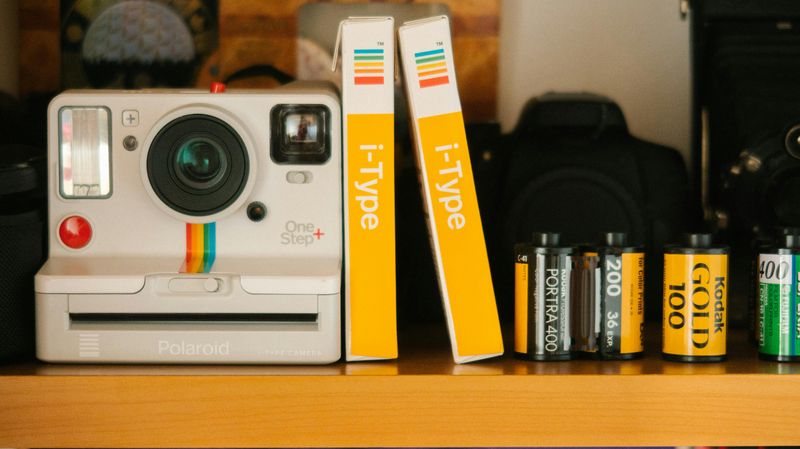
Look around your home and you’ll find dozens of ordinary objects that were once the height of luxury. Just a few generations ago, items we now take for granted were displayed with pride and envy by those who could afford them. These everyday conveniences were once powerful statements of wealth, class, and social standing that made neighbors peek through curtains with jealousy.
1. Color Television
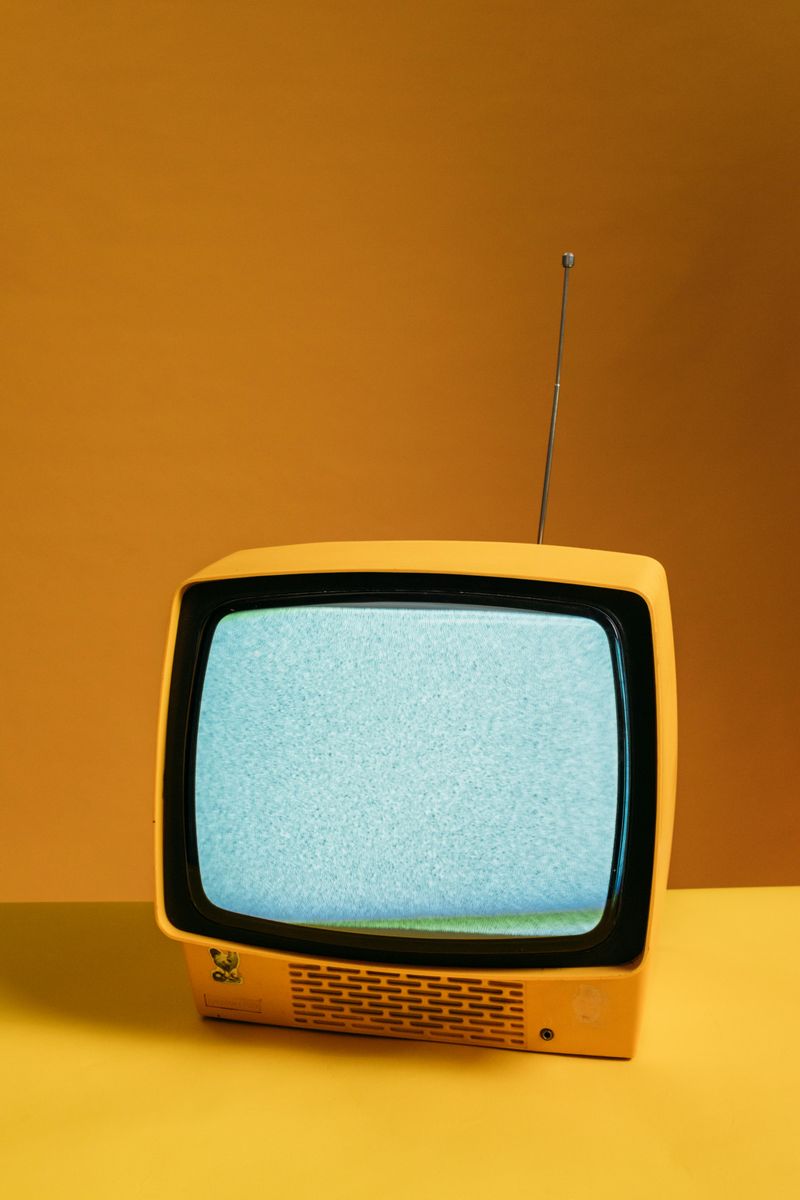
Remember when families gathered around a wooden cabinet to watch Bonanza in vibrant color while neighbors squinted at fuzzy black-and-white images? In the early 1960s, a color TV set would cost about $500 (equivalent to $4,700 today) – nearly a month’s salary for the average worker.
Parents would cover these prized possessions with doilies and proudly position them as the centerpiece of their living rooms. Children were strictly forbidden from touching dials without permission. Some families even kept the original plastic covering on the screen for months!
When visitors came over, the color TV was casually turned on as a not-so-subtle reminder of the family’s prosperity. The neighbors who couldn’t afford such luxury would often find excuses to visit during prime-time shows.
2. Hi-Fi Stereo System
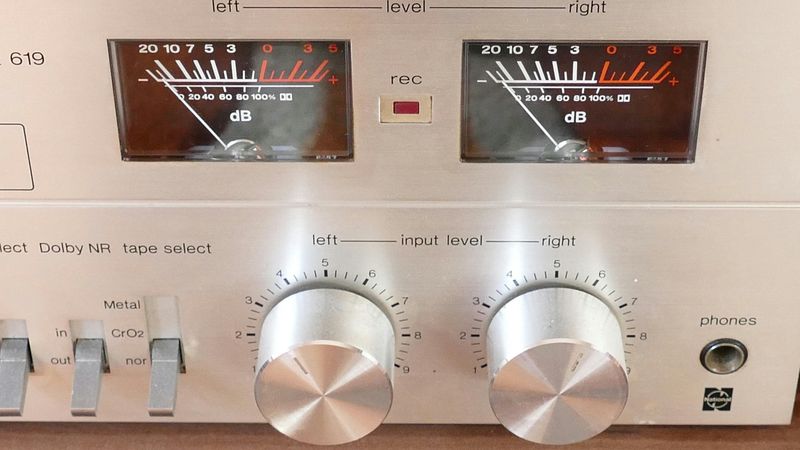
Back when music meant physical objects, the hi-fi stereo system dominated living rooms across America. These imposing wooden cabinets weren’t just for playing records—they were conversation pieces that broadcast your taste and financial stability.
Salesmen would demonstrate these systems by playing classical music, explaining how you could hear each individual instrument with perfect clarity. The ritual of carefully removing a vinyl record from its sleeve, delicately placing it on the turntable, and positioning the needle just right was practically a performance art.
Proud owners would invite friends over for listening parties, serving cocktails while showing off their curated record collections. Having a top-brand system from companies like Marantz or McIntosh was the 1960s equivalent of today’s home theater setup.
3. Automatic Washing Machine
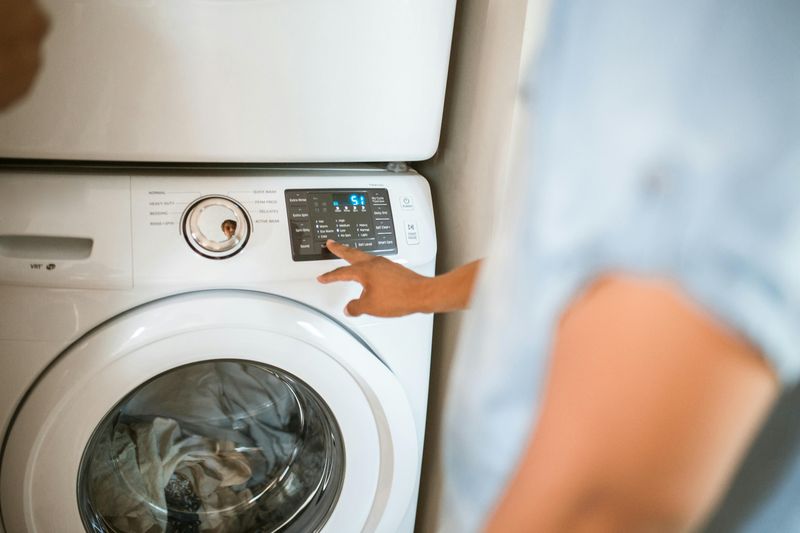
Monday used to be laundry day—a dreaded full-day affair of scrubbing clothes on washboards, feeding them through dangerous wringer machines, and hanging everything to dry. The automatic washing machine changed everything for mid-century housewives.
Advertisements showed women in pearls and dresses smiling while simply pressing buttons. No more red, chapped hands or backbreaking labor! Neighbors would actually visit to witness this miracle appliance in action, watching through the little window as clothes tumbled in soapy water.
The automatic washer signaled a modern household with disposable income. Families would give tours of their homes, casually mentioning their new Maytag or Whirlpool as if it were just another appliance—though everyone understood it represented significant prosperity and forward-thinking domestic management.
4. Refrigerator with Freezer Compartment

Before the modern refrigerator-freezer combo, families relied on ice deliveries and limited food storage. Imagine the luxury of buying ice cream and keeping it at home! The two-door refrigerator with a separate freezer compartment transformed how Americans shopped, cooked, and entertained.
Avocado green, harvest gold, or pristine white—these appliances stood tall in kitchens as symbols of prosperity. Homemakers would stock freezers with TV dinners and ice cream, showing off this abundance to visitors who might still have smaller iceboxes or single-door models.
The real status move? Casually offering guests ice cubes from an automatic ice maker. This seemingly simple gesture spoke volumes about a family’s modern lifestyle and financial security. Refrigerator magnets eventually became the canvas where families displayed vacation souvenirs—another subtle wealth indicator.
5. Air Conditioning

Summer nights once meant families sleeping on porches or fire escapes seeking relief from stifling indoor heat. The neighborhood family with air conditioning? Instant celebrities during heatwaves when relatives and friends would suddenly appear for “quick visits” that stretched suspiciously long.
Window units protruding from homes announced comfort and prosperity to everyone passing by. Children with air-conditioned homes became popular playdate hosts, while adults would brag about sleeping under blankets in July. The electric bill spike was worth every penny for the social capital it provided.
Central air? That was next-level luxury. Families with central systems would casually mention how “every room stays so comfortable” while hosting summer dinner parties where guests marveled at the even, cool temperature. Meanwhile, less fortunate neighbors relied on noisy fans and cold showers for minimal relief.
6. Private Telephone Line
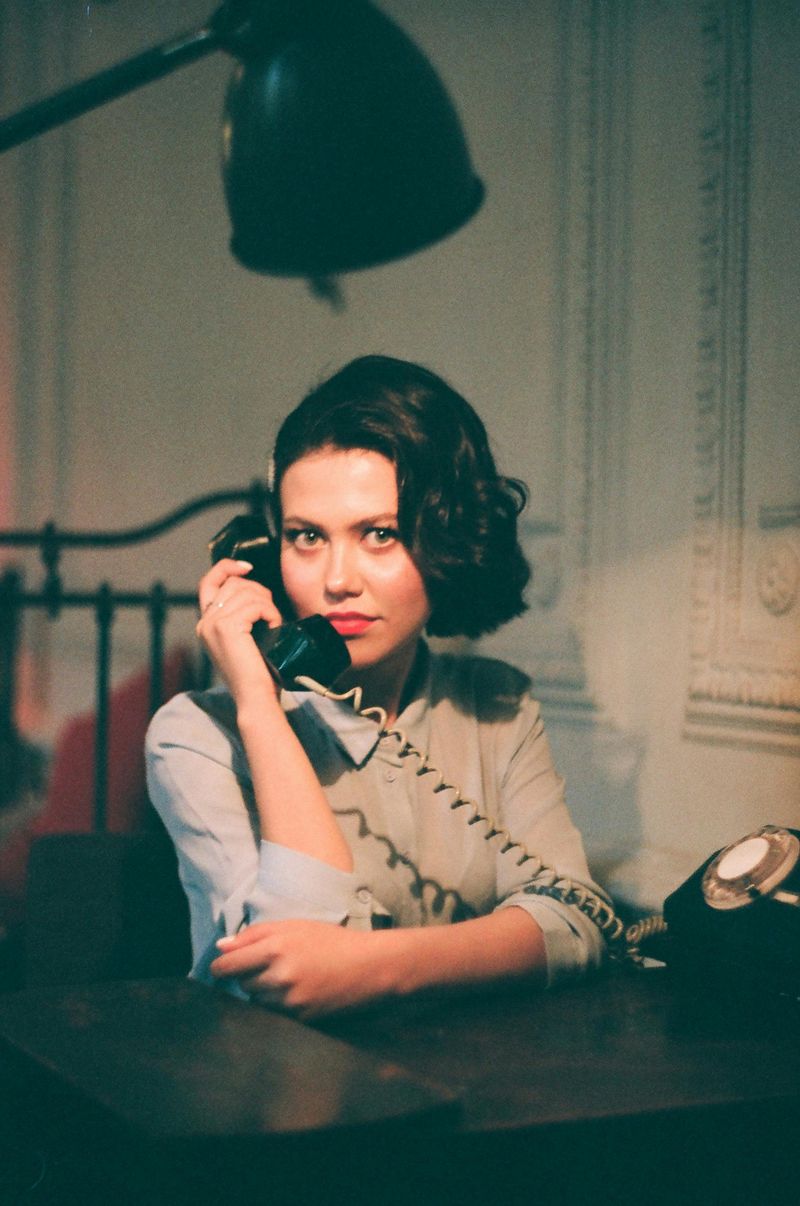
“Sorry, Mrs. Johnson is on our party line again…” Once a common complaint, the frustration of sharing telephone service with neighbors is unimaginable today. Having a private line meant freedom from eavesdroppers and waiting for others to finish their calls.
Families with private lines would proudly display their personal phone numbers on custom stationery and business cards. The rotary phone itself evolved from purely functional to decorative statement piece, available in designer colors to match home decor. Teenagers coveted homes with private lines where they could talk without parental time limits or nosy neighbors listening in.
The ultimate telephone status symbol? A kitchen extension or bedroom phone. Multiple telephones in one household screamed affluence and modern living. Even more impressive was a distinctive ring that announced calls were for your household specifically—a subtle daily reminder of your elevated position.
7. Polaroid Instant Camera
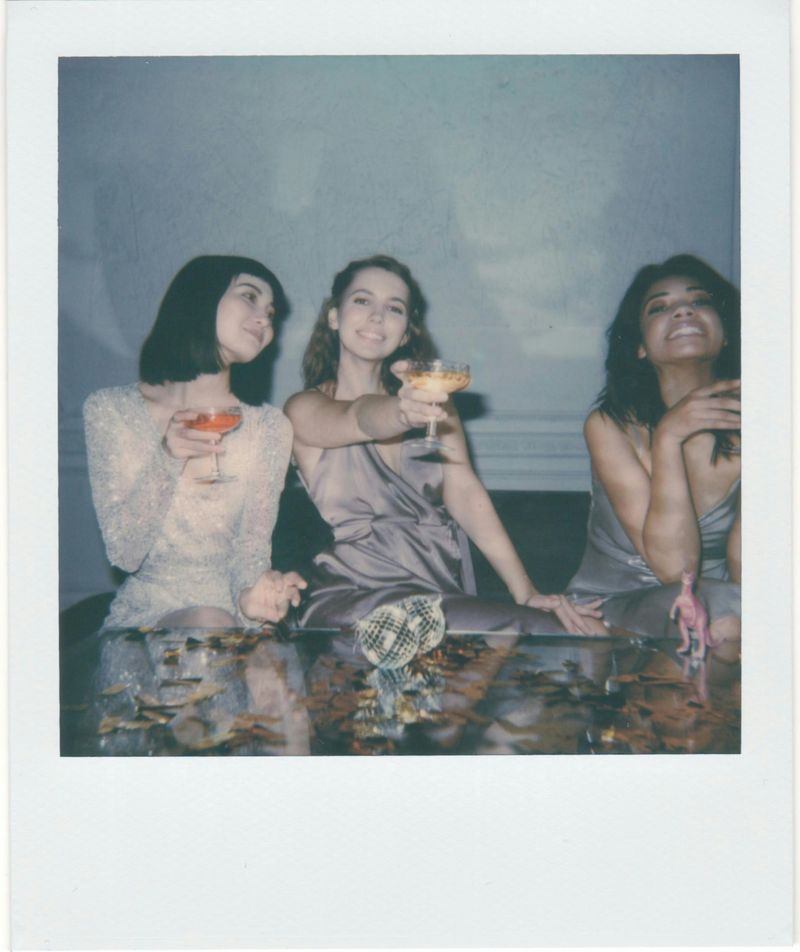
The Polaroid camera transformed photography from a mysterious process requiring professional development to instant gratification. Invented by Edwin Land in 1948, these magical devices reached peak cultural status in the 1960s and 70s.
Pulling out a Polaroid at parties instantly made you the center of attention. The distinctive whirr as the camera ejected a blank square, followed by the gathering crowd watching an image materialize like a technological miracle, created unforgettable memories. Families proudly displayed their Polaroid cameras on living room shelves when not in use.
The ability to see photos immediately—without waiting days for development—was revolutionary. Party hosts would arrange Polaroid pictures on bulletin boards as the evening progressed, creating instant mementos. The chemical smell of developing film and the ritual of waving the photo to “help it develop” (actually unnecessary) remain nostalgic sensory memories.
8. Convertible Car

Cruising down Main Street with the top down, wind tousling your hair—convertibles weren’t just transportation; they were mobile status announcements. In post-war America, a convertible Thunderbird or Mustang parked in your driveway told neighbors you had both money and a youthful spirit.
Convertibles required significant maintenance and weren’t particularly practical in most climates. That was precisely the point! Owning one meant you could afford a car for pleasure, not just necessity. These vehicles were weekend toys that announced financial freedom.
The ritual of manually lowering the top (early models weren’t automatic) became a performance that drew neighborhood attention. Dating prospects improved dramatically for convertible owners, as Saturday night drives became coveted social experiences. Even today, vintage convertibles command premium prices not just for their design but for the nostalgic status they represent.
9. Luxury Cigarette Lighter

The soft click, followed by the distinctive ping of a Zippo lighter opening still evokes nostalgic feelings for many. When smoking was socially acceptable and even glamorous, how you lit your cigarette mattered immensely. A premium lighter wasn’t just functional—it was jewelry for men.
Engraved Zippos, gold-plated Dunhills, or sterling silver Ronson lighters were proudly displayed alongside cigarette cases on coffee tables. Pulling out a luxury lighter at social gatherings made a statement about taste and financial standing.
The ritual of lighting someone else’s cigarette became a social interaction loaded with meaning. Women would notice men’s lighters as character indicators, while business deals were sometimes judged by the quality of a potential partner’s smoking accessories. These pocket-sized status symbols were often passed down as heirlooms.
10. Electric Shaver

Before these devices, men endured daily rituals of lathering up with brushes and carefully navigating sharp razor blades across their faces. The electric shaver represented technological progress and modern masculinity.
Brands like Remington and Norelco created sleek, futuristic designs housed in leather travel cases. Men would proudly display these devices on bathroom counters rather than tucking them away in cabinets. The distinctive buzz of an electric shaver announced a man’s embrace of innovation and willingness to invest in personal grooming.
Gift-giving occasions often featured electric shavers prominently in department store displays and magazine advertisements. Receiving one as a graduation or Father’s Day gift signified a rite of passage. The cordless versions that appeared later became even more prestigious, representing freedom from constraints—literal and figurative.
11. Transistor Radio
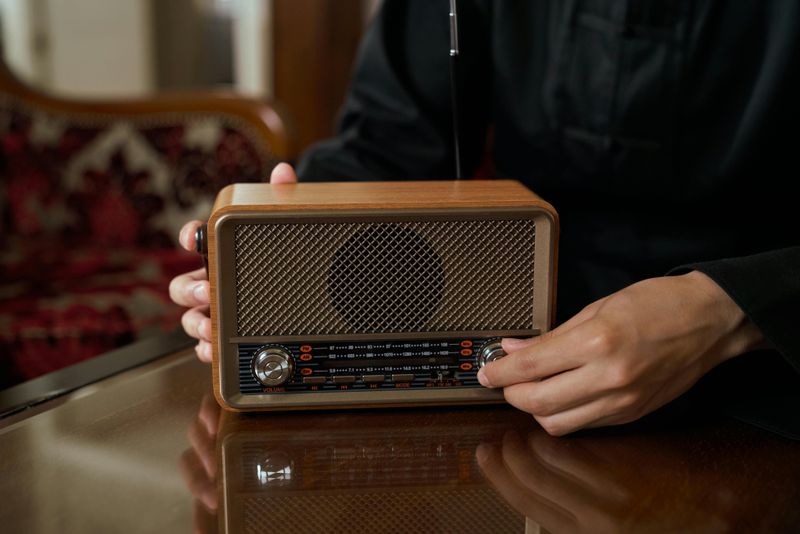
Music anywhere you wanted it! Before the Walkman or iPod, the transistor radio was revolutionary technology that freed music from the living room. Teenagers saved allowances for months to purchase these pocket-sized miracles that delivered music directly to their ears.
Japanese brands like Sony and Panasonic created sleek designs housed in leather cases with personal earphones. Carrying one announced you were tuned into youth culture and had disposable income. Beach scenes in 1960s movies inevitably featured transistor radios as symbols of teenage freedom and rebellion.
The transistor radio’s importance extended beyond entertainment—it represented technological miniaturization and personal choice. Owners would proudly display radio station stickers on their cases, signaling musical preferences and cultural affiliations. During major sporting events or breaking news, the person with a transistor radio became an instant information hub, surrounded by curious listeners seeking updates.
12. Matching Dinnerware Sets
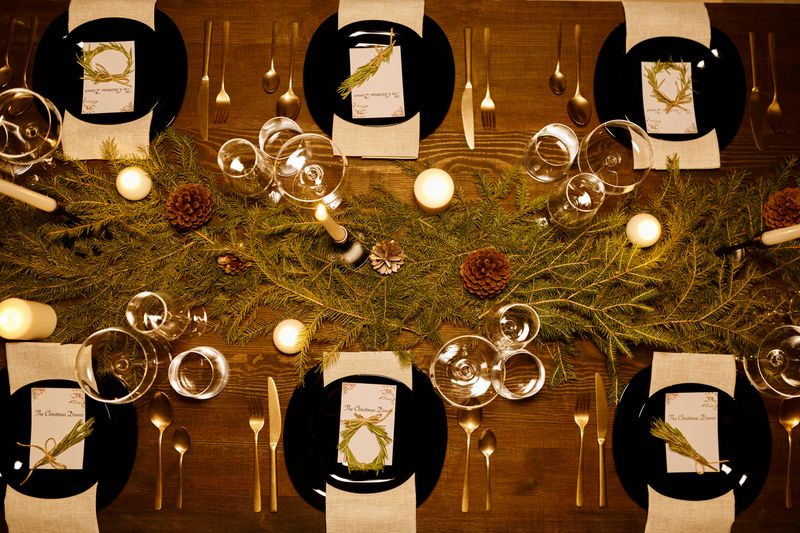
Mismatched plates were once the norm in most households—until complete matching dinnerware sets became the hallmark of proper middle-class entertaining. Companies like Corelle and Corningware transformed everyday eating into coordinated aesthetic experiences that impressed dinner guests.
Brides carefully selected patterns that would define their entertaining style for decades. China cabinets with glass doors were built specifically to display these prized possessions when not in use. Thanksgiving dinner served on matching plates with coordinating gravy boats and serving platters announced a family had truly “arrived” socially.
The Tupperware party phenomenon further elevated food storage into status territory. Hosting these parties gave women opportunities to showcase their homes while selling plastic containers that mysteriously burped when sealed. The colorful containers stacked neatly in refrigerators became subtle signals of organization and domestic prowess—qualities highly valued in mid-century homemakers.

Comments
Loading…